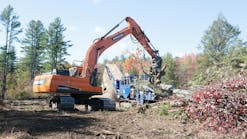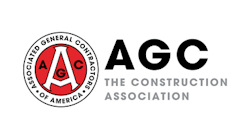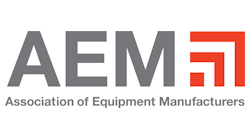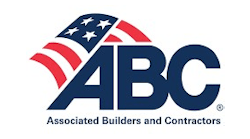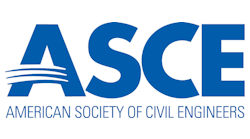The $3.4 million upgrade of the Glorietta Bay Pump Station in Coronado, CA, initiated in January 2002, posed challenges similar to those faced by municipalities trying to efficiently manage upgrades to aging infrastructure nationwide. A difficult excavation included in this project was helped along by technology new to North America but long relied upon by European cities likewise refurbishing crowded and aging public works—the GME/ES slide-rail system.
The Coronado project involved building a brand-new pump station while the old one remained on-line. This included a new gravity sewer and a sewer force main, along with 2,000 ft. of sewer piping.To do the job, HPS Mechanical, the California-based general contractor, needed to create a 30-ft.-deep excavation in extremely sandy soil, extending below the water table and within a few feet of a heavily used bicycle path. Whalers and sheet piling were considered, but HPS Mechanical consulted with several specialty shoring companies in hopes of finding a box strong enough to handle the lateral forces at this depth. Allied Trench Shoring Service & Traffic Control Service Inc. conceived the solution in consultation with Griswold Machine Engineering (GME).Scott Fox, HPS mechanical superintendent, reports, “Other shoring companies we consulted could not guarantee that their box could handle the requirements of an excavation so deep and in such difficult soil conditions. We were readying to use sheet piling when the shoring specialist at Allied Trench brought our attention to this new type of slide rail from GME.”Aaron Zelt, shoring specialist for Allied Trench explains, “While sheet piling and whalers could also do the job, it would have involved considerably more cost. It only took HPS Mechanical three days with a four-man crew to do the job. Conservatively speaking, it would have taken the same crew two and a half weeks to do the same job if they only had sheet-piling methods at their disposal.”Fox adds that above and beyond the savings in man-hours involved in the job, there were considerably less rental costs involved. “We were quoted $55,000 for the sheets and whalers compared to $16,000 for the slide rail. Moreover, we were able to bypass hiring a subcontractor to do the work, and instead HPS Mechanical installed the slide rail and completed the excavation in just three days. It was quick and easy and handled the requirements of the lateral system with no problem.”According to Mike Hayet, branch manager of Allied Trench, other California contractors will be able to dramatically reduce their costs in those jobs traditionally handled by sheet-piling methods. “In fact, for excavations with overhead obstacles, the unique pivot-to-place configuration of the GME/ES slide rail makes it the only slide-rail system that can work. It uses an open-track rail that allows panels to be pivoted into place rather than the typically cumbersome and unsafe method of threading panels into a closed rail from above. While dramatic cost savings compel many to try the design, it also is a significant boon to worker safety because it can be installed at grade, eliminating precarious situations involving ladders and attempts to handle heavy slide rails in midair.”

